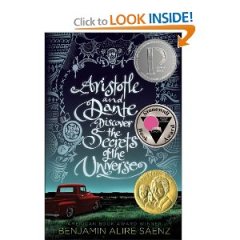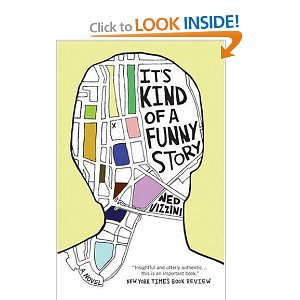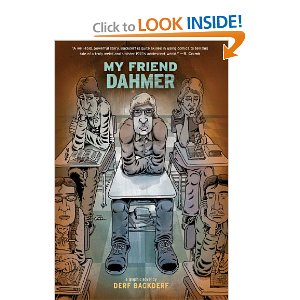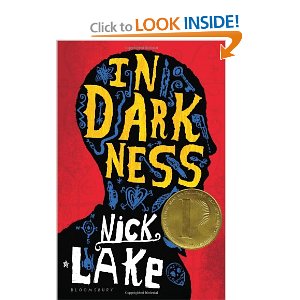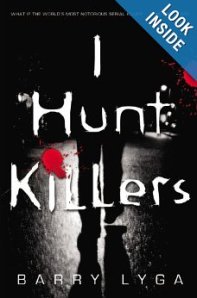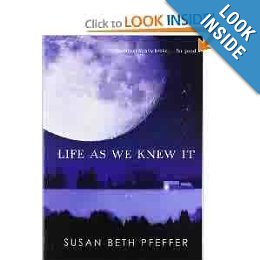Bibliographic Citation:
Saenz, Benjamin Alire. (2012). Aristotle and Dante Discover the Secrets of the Universe. New York, NY: Simon & Schuster Books for Young Readers. ISBN 9781442408920.
Plot Summary:
Aristotle “Ari” Mendoza and Dante Quintana are two teenage boys in El Paso, TX in 1987. Dante and his family are an open, affectionate and forgiving group, while Ari’s family is more reserved and less expressive. The two boys meet at a community pool and Dante teaches Ari how to swim. This is the first of many new trust-building experiences for the pair. When Dante begins to explore his homosexuality, Ari stands by his side as a friend and later as so much more.
Critical Analysis:
Aristotle and Dante Discover the Secrets of the Universe is a beautiful story about finding yourself, friendship, boundaries, love, family, and everything in between. It is written as a first-person narrative from the point of view of Aristotle. Perhaps the best part of the novel is the dialogue between Ari and Dante, their banter. Their exchange of words is so playful and natural that you don’t expect their relationship to take the turns that it does through out the novel.
The story is subtly edgy. Not that the boy’s relationship is in the background, but that you already love and care about Ari and Dante before you find out the way that they love and care about each other. Sexual orientation isn’t the only deep subject in the novel. Ari’s family is dealing with the incarceration of his brother for murder, as well as some old demons haunting his father from Vietnam. Saenz also touches on some identity struggles for Mexican American youth. Some, like Dante, may have difficulty deciding where they belong, especially if they do not speak Spanish.
A weakness in this novel is that readers may find the boy’s relationship to be inauthentic. Some of their conversations, for heterosexual young males in Texas in the 1980’s, may seem unbelievable at times. Early on Ari compares to Dante’s face to a beautiful map, which is not exactly typical lingo for someone with his demographics. Additionally, when it becomes apparent to Ari, and everyone else, that Dante is in fact in love with him, their friendship does not change. It is a beautiful testament of their relationship and I admired Ari’s loyalty, but again it seemed atypical. However, it could be argued that Dante is really Ari’s first friend so he has a unique and deep fondness for him.
The only true downside for me is that I haven’t heard if it is going to have a sequel yet. I sure hope it does because I can’t wait to see what the boys do next together.
